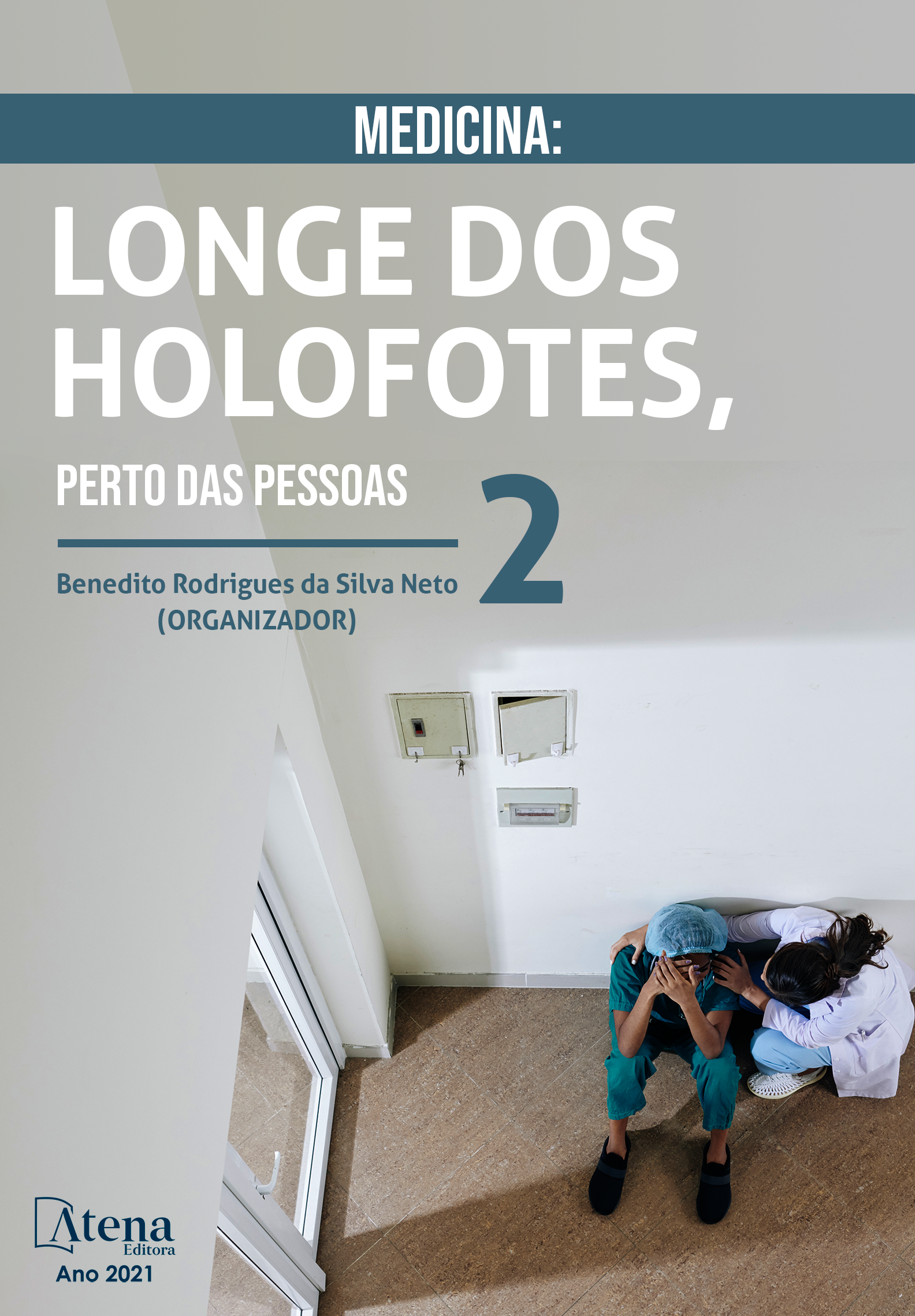
TRATAMENTO ONCOLÓGICO NO BRASIL: ANÁLISE DO DESEMPENHO DA LEI Nº 12.732/12 NO PERÍODO DE 2013 A 2019
Introdução: As neoplasias malignas representam um problema de saúde pública, sendo a segunda principal causa de mortes no mundo. Em 2012, foi instituída pelo Ministério da Saúde a Lei nº 12.732, que concedeu aos pacientes oncológicos o direito de obterem, após o diagnóstico, acesso ao primeiro tratamento em até sessenta dias. Objetivos: Analisar o panorama o tempo para início da terapêutica oncológica no Brasil. Método: Trata-se de um estudo transversal e analítico sobre o tempo para o estabelecimento do início do tratamento oncológico no Brasil, no período de 2013 a 2019. Os dados foram extraídos do PAINEL-oncologia do Departamento de Informática do Sistema Único de Saúde. A razão de risco foi estabelecida utilizando o teste Exato de Fisher e a análise das proporções, pelo Teste de Qui Quadrado. Resultados: O percentual das neoplasias malignas que apresentaram atraso para início da terapêutica (>60 dias) foram: próstata (59.6%), colo do útero (50.9%) e mama (48,8%); ao comparar as taxas entre os indivíduos que iniciaram o tratamento oncológico no prazo estabelecido houve significância estatística (P<0.05). Quanto ao sexo, o atraso estava presente em 36,9% dos homens e 33,3% das mulheres (P<0.05). Essas diferenças nas taxas dos cânceres entre os indivíduos com e sem atraso para a instituição do tratamento também estão presente nas macrorregiões brasileiras (P<0.05). Avaliando a razão de risco (Odds Ratio) para o retardo do tratamento oncológico, o sexo masculino demonstra ser um fator de risco importante (P<0.05), exceto na região Norte do Brasil. O risco para atraso do tratamento difere a depender do tipo de câncer. Conclusão: As neoplasias malignas que apresentam um maior retardo para início da terapêutica são as que apresentam políticas de saúde voltadas ao seu rastreio. A estrutura do tratamento não é suficiente para atender a demanda, impossibilitando a aplicabilidade da Lei 12.732.
TRATAMENTO ONCOLÓGICO NO BRASIL: ANÁLISE DO DESEMPENHO DA LEI Nº 12.732/12 NO PERÍODO DE 2013 A 2019
-
DOI: 10.22533/at.ed.63821081022
-
Palavras-chave: Oncologia médica; Terapêutica; Fatores de risco
-
Keywords: Medical oncology; Therapeutics; Risk factors.
-
Abstract:
Introduction: Malignant neoplasms represent a public health problem, being the second leading cause of death worldwide. In 2012, Law # 12,732 was instituted by the Ministry of Health, which granted cancer patients the right to obtain, after diagnosis, access to the first treatment within sixty days. Aim: To analyze the panorama of the time to start cancer therapy in Brazil. Method: This is a cross-sectional and analytical study on the time for the establishment of the beginning of cancer treatment in Brazil, in the period from 2013 to 2019. Data were extracted from the PANEL-ONCOLOGIA of the Department of Informatics of Sistema Único de Saúde. The risk ratio was established using Fisher's Exact test and the analysis of proportions, using the Chi Square Test. Results: The percentage of malignant neoplasms that showed delay in starting therapy (> 60 days) were: prostate (59.6%) and cervix (50.9%) and breast (48.8%); when comparing rates between individuals who started cancer treatment within the established period, there was statistical significance (P <0.05). As for the sex, the delay was present in 36.9% of men and 33.3% of women (P <0.05). These differences in cancer rates between individuals with and without delay for the institution of treatment are also present in the Brazilian macro-regions (P <0.05). Evaluating the risk ratio (Odds Ratio) for delayed cancer treatment, the male gender is an important risk factor (P <0.05), except in the North of Brazil. The risk for delayed treatment differs depending on the type of cancer. Conclusion: The malignant neoplasms, which have a longer delay in starting therapy, are the ones that have health policies aimed at their screening. The size of the treatment structure is not sufficient to supply the demand, impairing the applicability of the Law # 12.732/12.
-
Número de páginas: 5
- Vitória Alice Alves de Oliveira
- Lygia Accioly Tinoco
- Kiyoshi Ferreira Fukutani
- ISABELLE MARIA DOS ANJOS CHAVES


